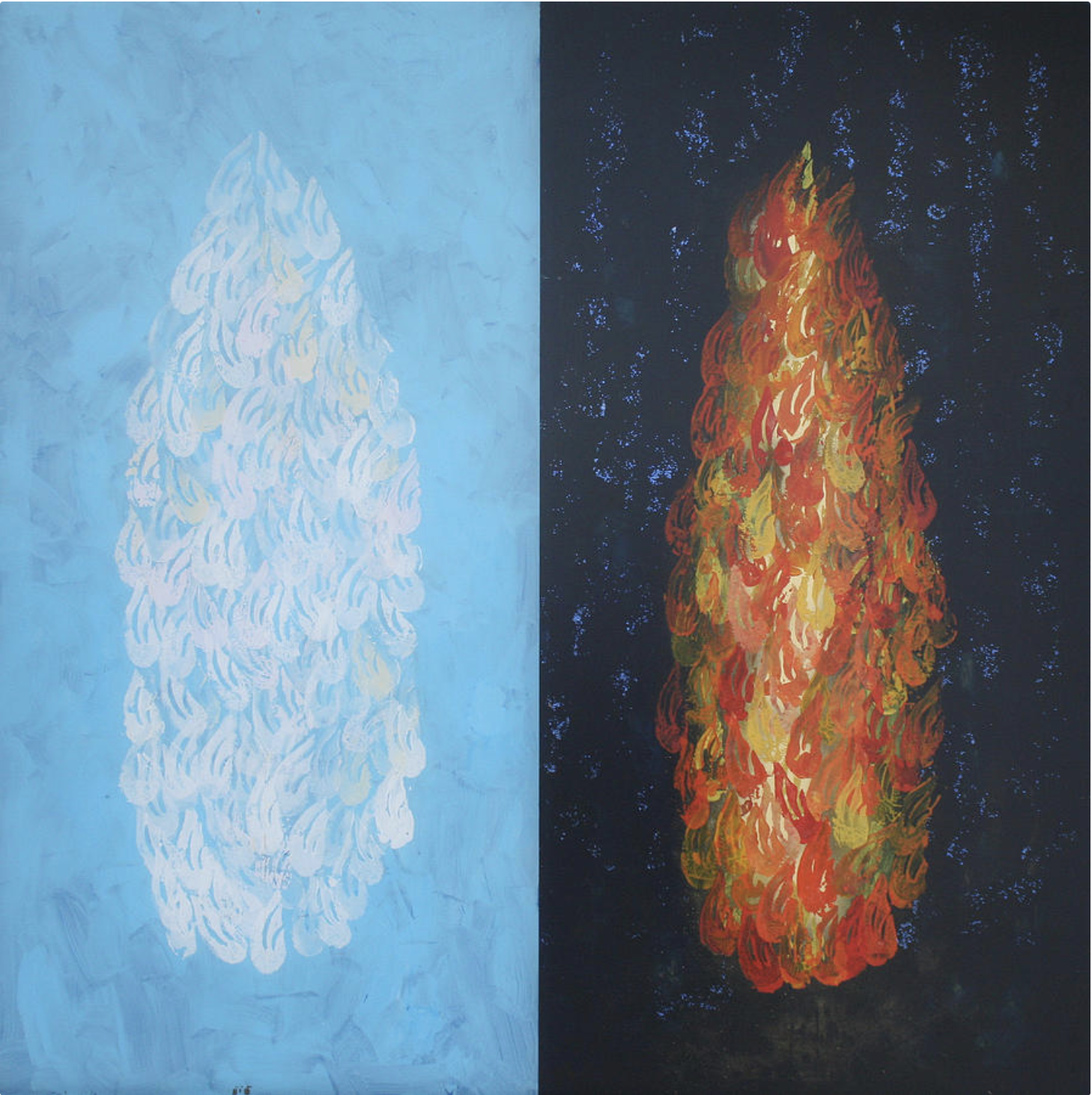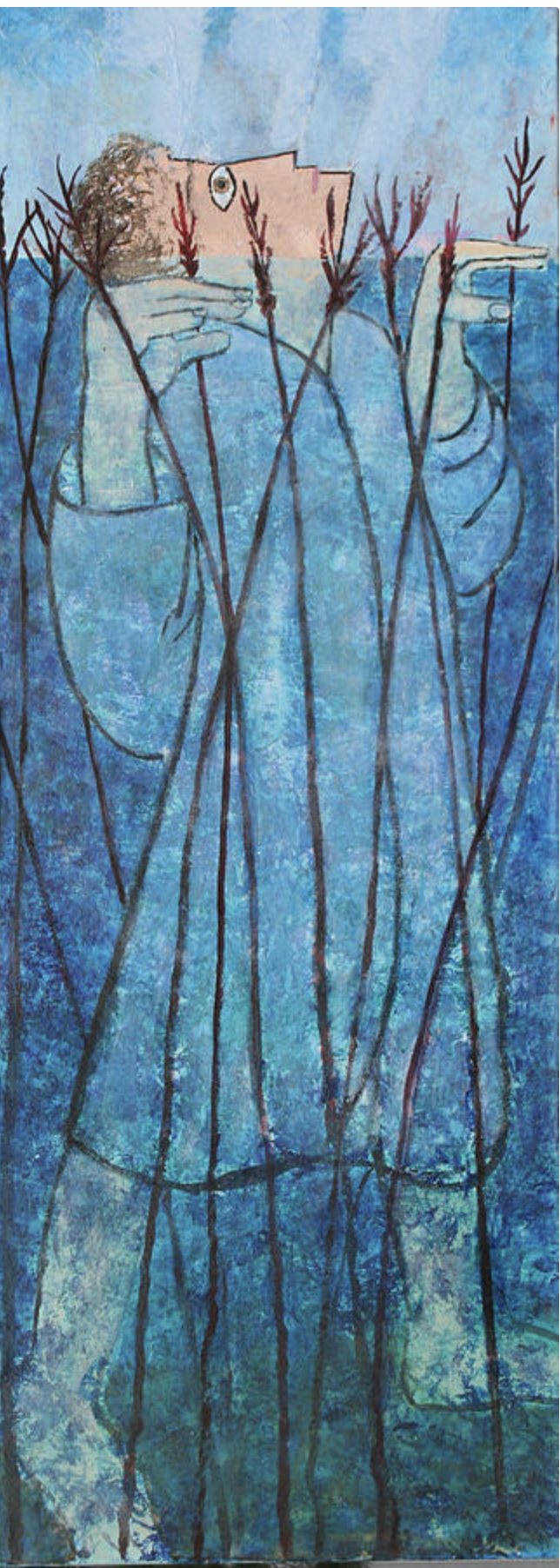Torah Study Date
Saturday, September 30, 2023
Verses Covered
Exodus (Sh’mot) 12:34-13:2
Next Session
Saturday, October 7, 2023
Starting at Exodus 13:3
Last week we discussed circumcision at length in response to the text saying that a circumcised slave could eat from the pesach offering—but no settled or hired laborer–and that any other male who wished to do so must circumcise all his males–and then he would be as a native of the land. We discussed the fact that the Pesach offering and meal are for us to call back to mind what YHVH had done for us. The delineation, R. Sara pointed out, between those included and those not is circumcision. We noted that there is no mention of the women. We then discussed slavery and R. Sara said that Torah does not prohibit slavery. It does not say slavery is good but just considers it as a fact in the culture. She then pointed out that future people might see our practices and be dismayed at some of the bad things we accept as a fact. We discussed a lot of other things about circumcision.
We then noted the statement that there shall be one Torah—one instruction—for the native and the sojourner who lives among you. We noted Friedman stating that this is the first use of the term ‘Torah’ in Torah. We discussed the fact that the first who comes out of the mother’s womb is dedicated to YHVH. Originally, in other words, the firstborn were the priests. (We will see that this changes later.) We noted the later Pidyon ha Ben (Redemption of the Firstborn) ritual in which a donation is made to a cohen to redeem the firstborn from the obligation of being a priest.
In line with our generally wide-ranging discussion, Thomas mentioned that Judaism is traditional but dynamic, Ina that it is always changing, and Chris that some Christians have difficulty with the idea of wrestling with God. We discussed many other topics as well.
Our artwork this week is by Brooklyn-born Tucson Jewish artist, Mordecai Colodner (1935- ), Cloud by Day Fire by Night (above), and Faith at the Sea of Reeds (below). Colodner studied graphic design at Parsons School of Design in New York City in 1957 and subsequently became a graphic artist. In 2005, he moved to Tucson, Arizona, where he began a series entitled “Visual Midrash” from which these two works come. The paintings in the series serve as interpretation–or midrash–on Torah. Above are the pillar of cloud and the pillar of fire that guided the Israelites on their escape from Egypt. Below is Nachshon ben Aminidav who, according to midrash, waded into the Reed Sea up to his neck at which point YHVH split the sea so the Israelites could cross. The Hebrew letter, shin, composing each pillar stands for one of God’s sacred names, according to Colodner. The pillars, in other words, are material manifestations of God’s spirit.


